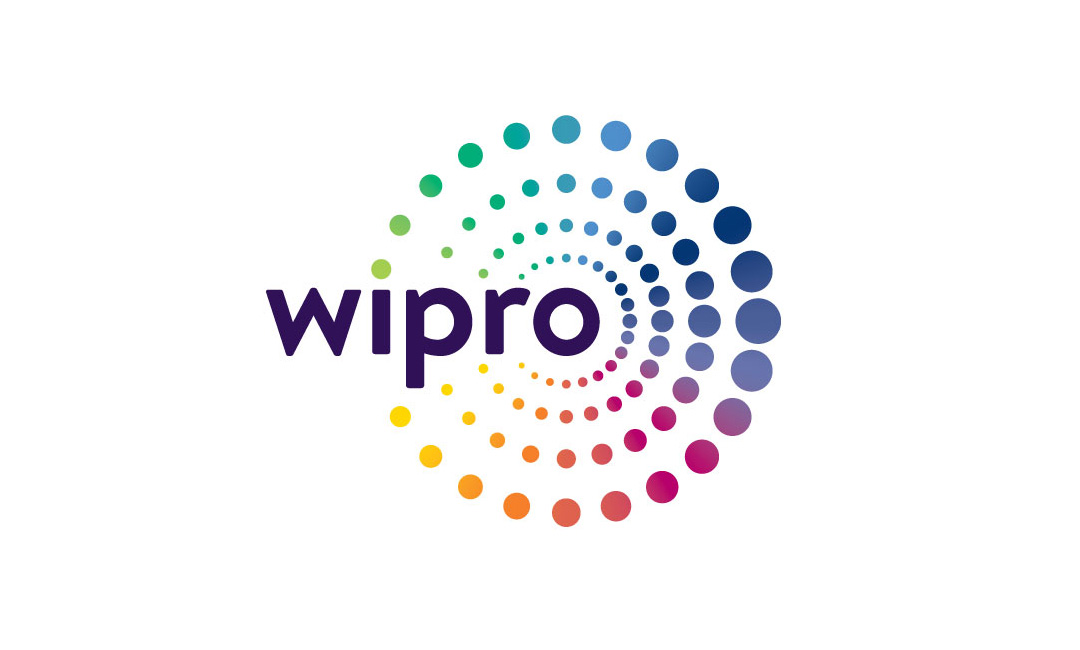
by Rebeca | Jul 3, 2020 | Partner
ONE IT WORLD is a 10 year’s consulting firm based in Cali, Colombia that provides services in Europe, Americas and Caribbean Region, specialized in Digital Enterprise Architecture, Solutions Architecture, Architectural Review and Solution’s Implementation for financial institutions, including central banks, credit card processors, electronic billing, payments and international transfers, capital markets, multilateral organizations, international holdings and government services (internal taxes, customs, public accounting and public investments); their SEVEN corporate fundamentals are “Excellence, Quality, Precision, Efficiency, Integrity, Security and Global Vision”.
In 2012, ONE IT WORLD received the Computerworld Honors 2012 Winners: Using technology to benefit society in Washington D.C. in the category “Economic Development” for the case study “Government Central Payment Service for Online Taxes” A project financed with founds of the Inter-American Development Bank, in which they designed and implemented a service-oriented integration architecture between El Salvador’s Ministry of Finance and 10 major banks creates a more efficient and reliable framework for taxpayers to make payments at banks that the government receives online.
Other relevant projects include, the new Maritime Services Portal technology architecture design, infrastructure performance testing & tuning, and application services optimization of the Panama Canal Expansion Project in 2015 that servers all the maritime traffic in the world between Pacific and Atlantic in Panama City; TUI Travel A&D business process review and improvement for serving over 35 million transactions per hour around the globe for reservations, project developed in Spain; Colombia Stock Exchange architecture and implementation of the new national stock market information system; architecture review and improvement of the new Dominican Republic central social security information system in 2018; architecture and implementation of the new Online-Services Banking Portal of Helm Bank (now Itau bank from Brazil) in 2012 as well as the new global integration architecture design of the Pacific Rubiales Energy (Oil & Energy) 2014 in Colombia.
Since 2010, they have successfully applied industry standards, methods and engineering best practices such as TOGAF, BIAN, FIX, IFX, Open Banking, ISO 20022, design patterns, enterprise integration patterns for Hybrid integration (Multi-Cloud + On-Premise), security patterns, anti-patterns, micro services patterns for implementing secure distributed and decentralized, multi-channel, highly available solution architectures based on middleware and internet technologies, along with BPM, ESB, API, Micro Services, API Gateways, EDA, Event Hubs, Messaging Services, Identity and Access Management (IAM), Elastic Architectures based on Docker and Kubernetes, Blockchain technologies, that gives us a unique perspective and excellent results in their customers projects using modern application architecture and digital business transformation strategies

by Rebeca | Jul 1, 2020 | Partner
Orbe is a company specialized in the field of information systems oriented towards the provision of integrated technology solutions in 6 strategic areas: Cybersecurity, Networks and Communications, Servers and Storage, Cloud Computing, Business Solutions and End User.
This company has more than 35 years, local presence throughout Central America and more than 500 collaborators in the region. The company has highly qualified and specialized personnel in different areas as well as recognitions and awards from the main Manufacturers / Brands they represent, such as Hewlett Packard, Aruba, VMWare, Veeam, Aranda, etc.
Within the Cybersecurity area, they have established a Partner relationship with Soffid for Identity Management projects since 2017.
More info: www.elorbe.la

by Rebeca | May 4, 2020 | Definitions
Authentication is basically the problem of taking a real world person who’s sitting in front of a computer and working at who they are, in other words, working at, which particular piece of information that we’ve got in our identity store, relates to that person, so we’ve got to tie these two things together.
In the world of identity, you would probably have some kind of login page, and these applications would send the user to this login page where they authenticate or type in some information that only they know, most of us have used a username and password or something like that to authenticate ourselves, the identity system takes this information and does some magic make sure that it is indeed you and can now tell each one of these applications that user has logged in.
The application is just saying, tell me who this is and so I don’t need to build blogging pages for every single app and all of the applications can take that same log in.
How to authenticate in different ways?
There’s a lot of complexity because everybody wants to determine who the user is in a different way.
We’ve all used banking applications where you’ve got a username and password and some magic pin or there’s other applications where you have to use some kind of secret token that gets emailed to you, so each one of these are different ways of determining who the user is.
Could be the user authentication is based on sorts of different things.
What that means is that behind this it’s not just one single authentication, we want to have the possibility to use a whole range of different kinds of authentication, or, different authentication modules. It is important that the identity system be able to support those different levels, in fact, to be customized, because each customer may want to do additional things when they authenticate a user.
Well I think that gives a good introduction about what authentication is.

by Rebeca | Mar 4, 2020 | Definitions
Date today the computers give us real access to resources on computers let’s say a web app, in order for that web app to work with people it needs to know who you are.
Traditionally, what ends up happening is that they have a big database with all the information about that user, when you log into the app, sure! that you can get your email and you can get all these things that this application knows about you and works with you and we have a happy user out here and that’s really what the identity is there for it so that this digital app can know things about you and deliver content to you.
That’s just one app if I want another app, what do I have to do? In that old world we just do it again.
Now both apps knows about you too so you have Joe developer in app1 developing identity and you have Joe developer in app2. If a third app is needed then, we just do it again.
That solution doesn’t seem to be terribly efficient, because every app may be storing different things about you.
That’s a problem! So, what’s the solution?
The solution is to bring all of those different databases into one place and manage them centrally and they call that an identity, having one big shared database down here in our identity system so that all of these applications can get the information they need about this one single user, and the really cool part is that one single user only has to tell the identity system who they are once, and they can access any of these apps.






